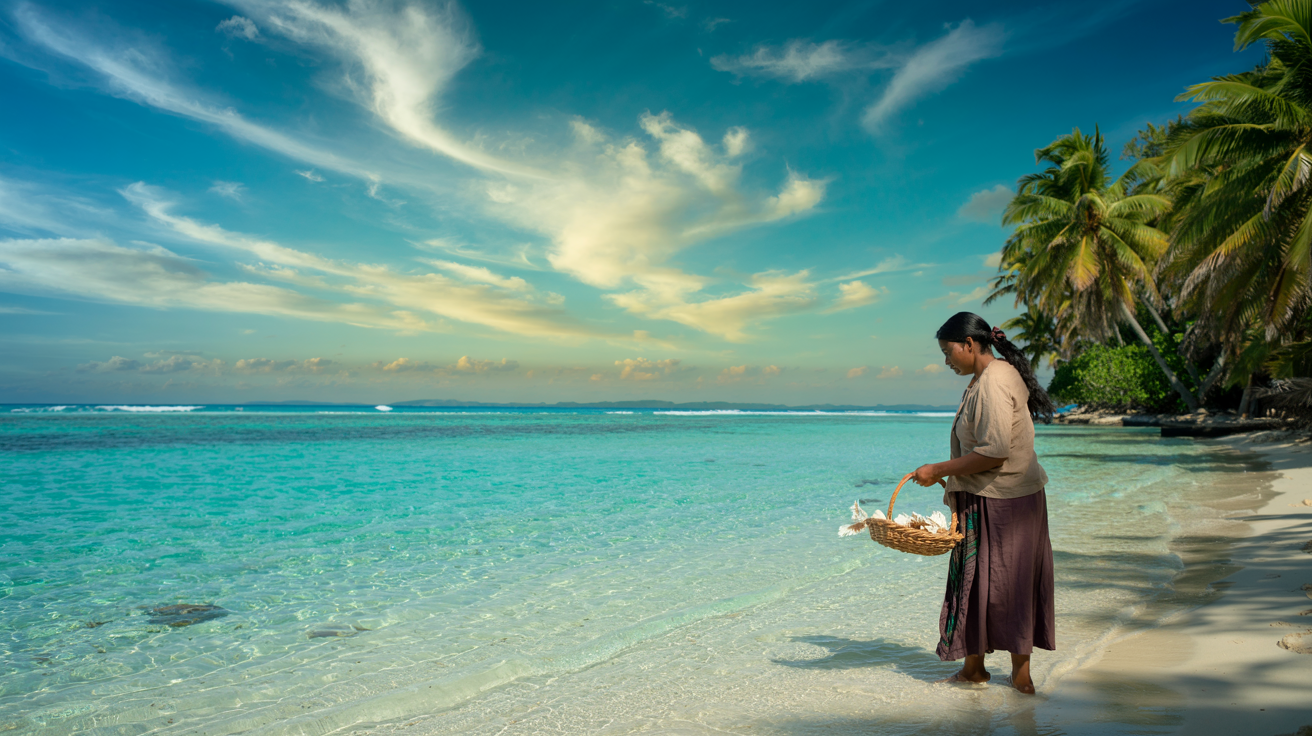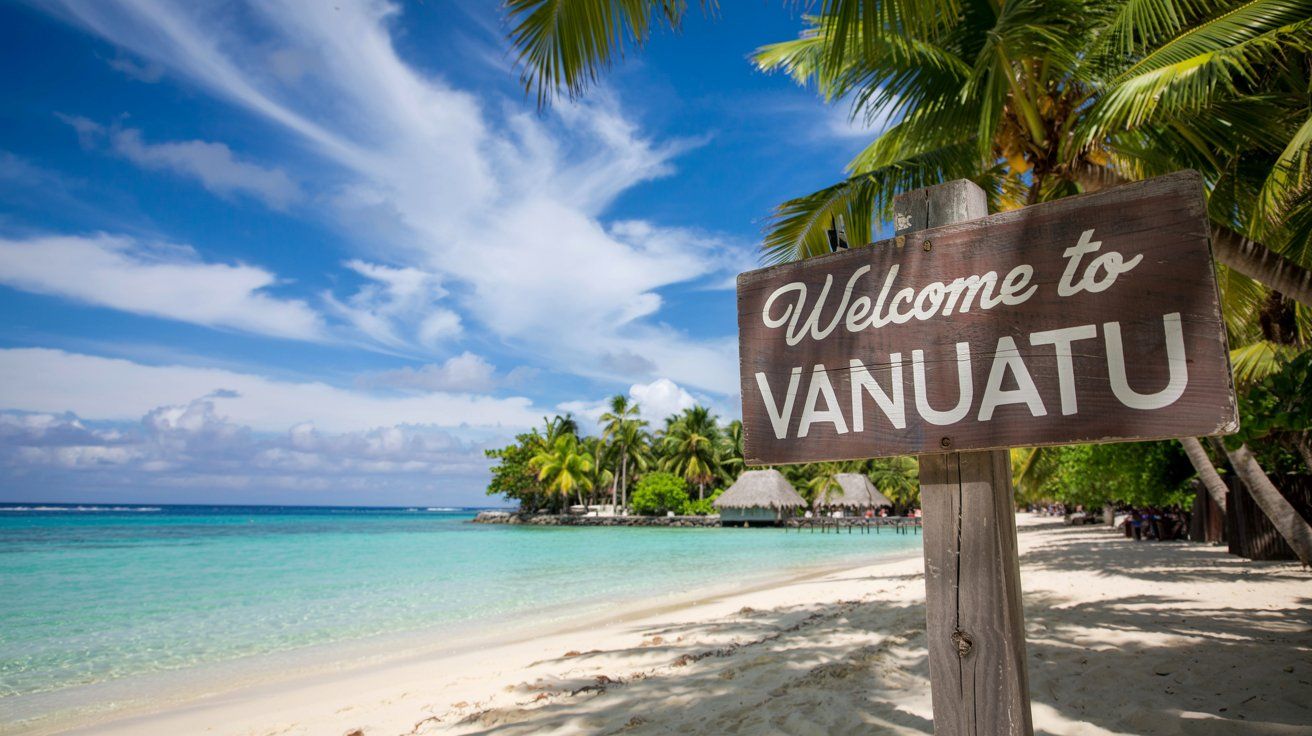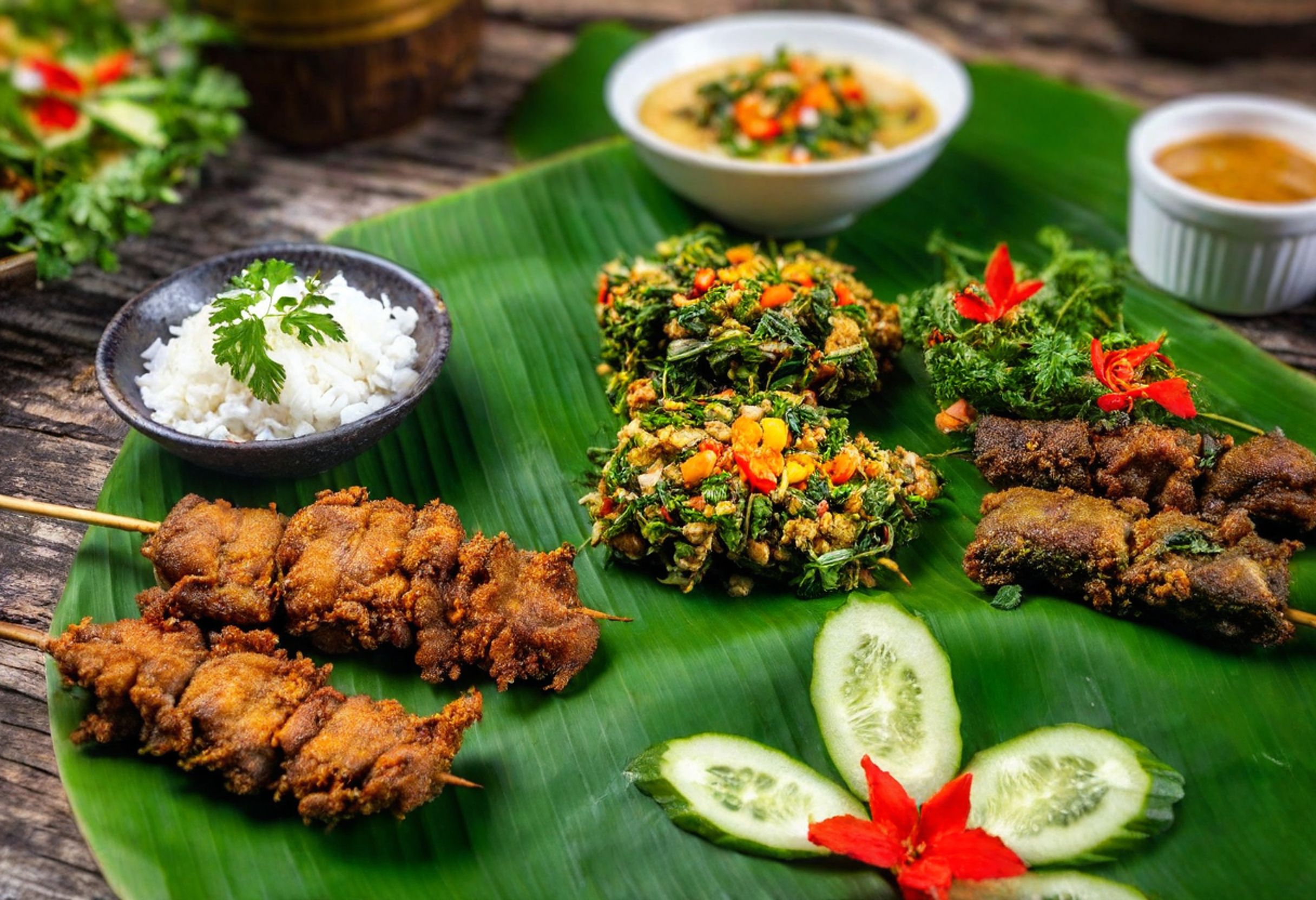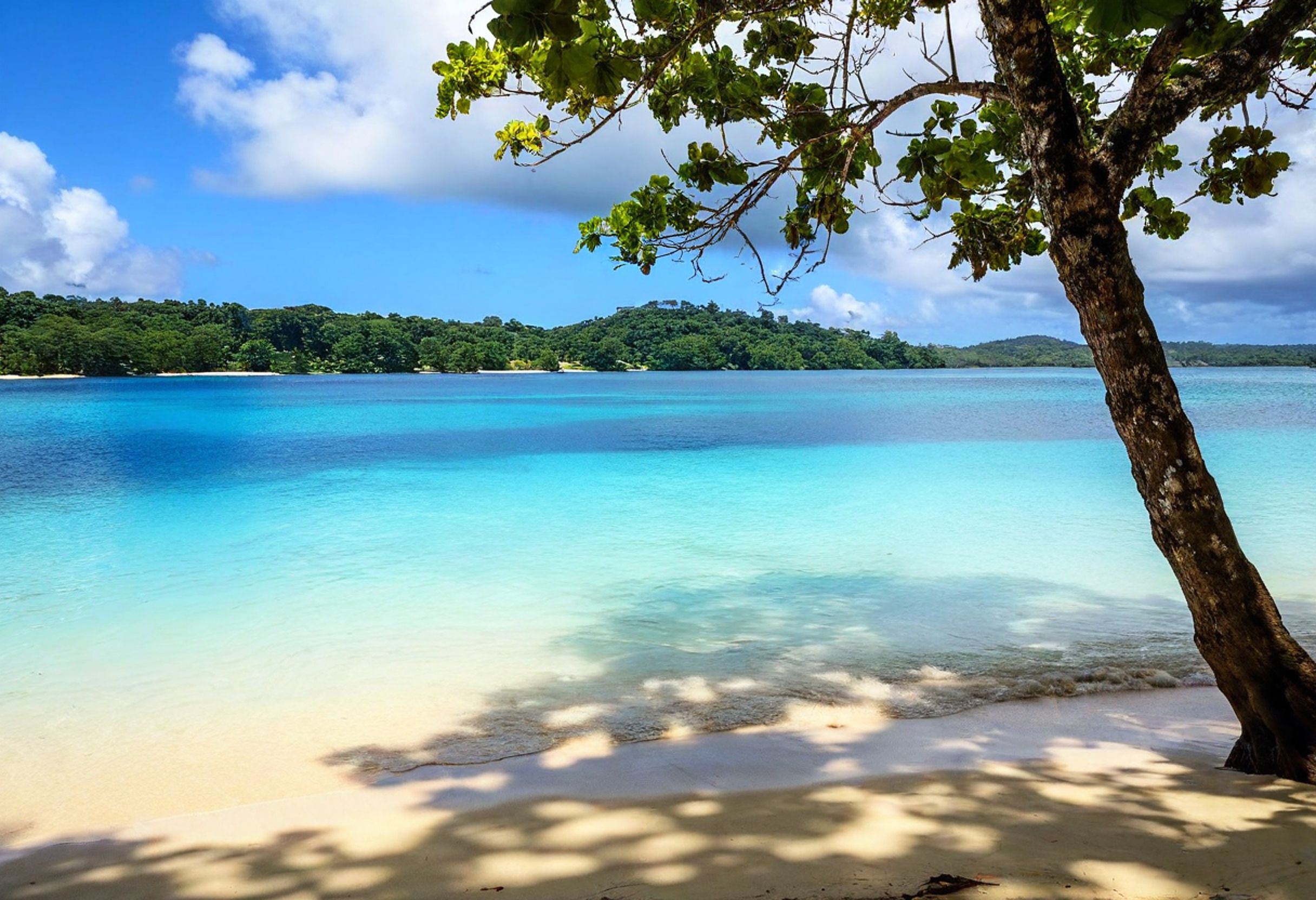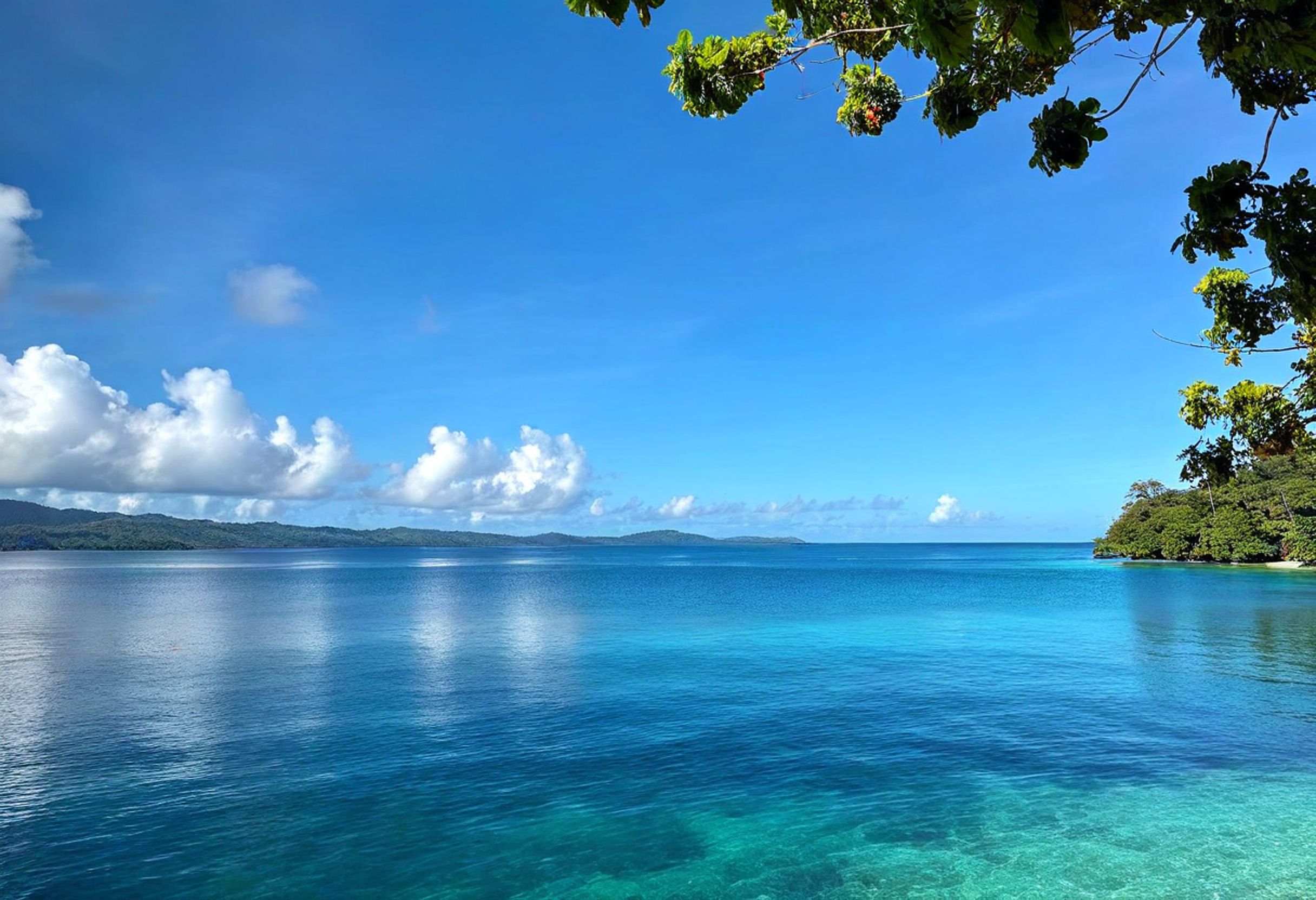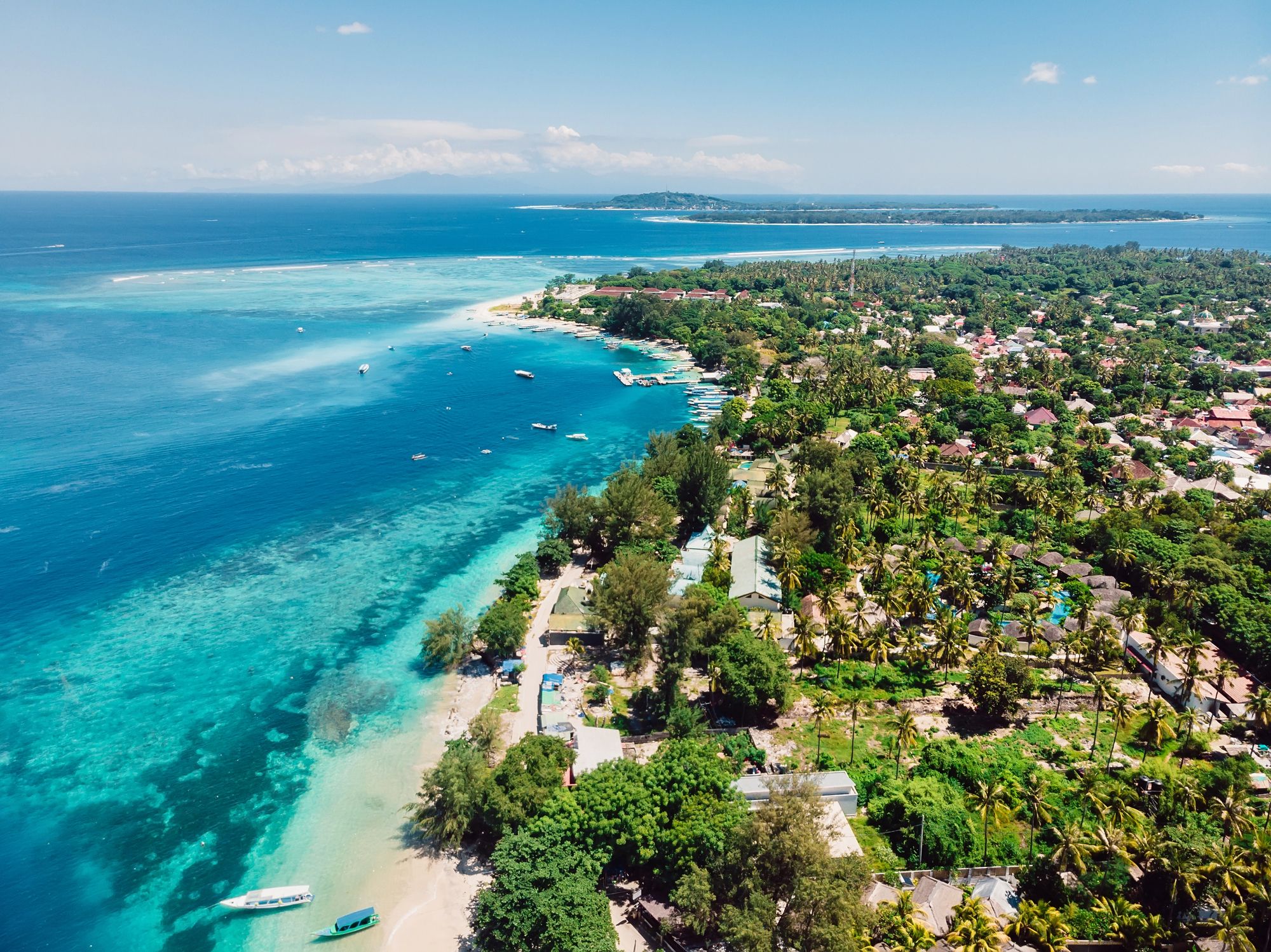In a world of shifting geopolitical priorities, Australia has placed the Pacific region at the heart of its foreign aid strategy, allocating a record 75% of its aid budget to the Indo-Pacific.
While this decision is driven by a combination of regional security concerns and diminishing US global contributions, it also represents an opportunity for Pacific island nations to forge deeper ties with Canberra.
This blog post explores Australia’s renewed focus on the Pacific, examines the implications of US foreign aid reductions, and highlights what this means for nations like Vanuatu.
Australia’s Historic Foreign Aid Pivot
Australia’s foreign aid is undergoing a transformation, with the government committing an unprecedented share of its budget to the Indo-Pacific region.
In 2023-2024, Canberra is dedicating 75% of its AU$5.097 billion aid program to its immediate neighbors—a 40-year high that underscores the strategic importance of the Pacific.
The increase represents AU$136 million more than the previous year but is not a dramatic expansion; rather, it signals a recalibration of priorities.
According to Australian Foreign Minister Penny Wong, this strategy is integral to “stability and security” in an era marked by uncertainty in global politics and rising competition in the Pacific.
To fund this hyper-regional focus, Australia has opted to pause or delay AU$119 million in contributions to global organizations like the UN Development Program and the Global Fund.
This marks a clear departure from traditional multilateralism towards a targeted regional approach.
Filling the Void Left by US Aid Cuts
Australia’s recalibrated approach arrives as the United States significantly reduces its global assistance under the Trump administration.
With over 90% of USAID foreign contracts eliminated and $60 billion in aid slashed, the US has effectively vacated key spaces in international development. Areas like HIV treatment, family planning, and broader multilateral efforts have borne the brunt of the cuts.
Riley Duke, a researcher at the prestigious Lowy Institute, has described Australia’s actions as “hyper-focused on its neighbors,” reflecting a deliberate effort to counterbalance declining US influence.
Of the aid directed towards the Indo-Pacific, at least 40% will specifically target Pacific island nations, demonstrating Australia’s commitment to stepping up as a regional leader.
What This Means for Pacific Island Nations
Australia’s pivot offers both opportunities and challenges for nations in the region.
With a higher share of aid earmarked for Pacific states, countries like Vanuatu stand to benefit from increased funding for critical programs in infrastructure, health, and education.
These investments could be pivotal in addressing regional challenges such as climate change resilience, economic development, and healthcare access.
However, this approach is not without reservations.
While Australia intends to fill gaps created by reduced American aid, the modest increases in its budget suggest that resources may still be constrained.
Additionally, the reallocation of funding from multilateral efforts could lead to fewer collaborative global programs tackling cross-border issues like pandemics and sustainable development.
The Strategic Dimension
Australia’s intensified focus on the Pacific is not purely altruistic; it also has a significant strategic dimension.
The Pacific has become a contested region, with nations like China expanding their influence through investments and development partnerships.
By increasing its support for neighbors like Vanuatu, Solomon Islands, and Fiji, Australia seeks to counter external competition and strengthen its ties with these nations.
This presents an opportunity for Pacific nations to assert their needs and shape the development agenda in their favor.
Nations like Vanuatu can leverage this shift to address critical local issues while accelerating progress toward long-term sustainability goals.
Vanuatu’s Opportunity in a Changing Foreign Aid Landscape
Amid these geopolitical shifts, Vanuatu stands at a pivotal moment.
As a recipient of Australia’s renewed focus, the country could access increased funding to tackle challenges ranging from disaster management to economic diversification.
For example, with the Pacific identified as a climate-vulnerable region, aid could support Vanuatu’s efforts to mitigate the impacts of rising sea levels and natural disasters.
Beyond the immediate benefits, Vanuatu could enhance its diplomatic leverage by aligning with Australia’s regional strategy.
As Canberra channels more aid and attention to the Pacific, the nation has an opportunity to deepen its engagement with Australia, securing robust partnerships that benefit both sides and bolster regional solidarity.
In this changing landscape, Vanuatu’s future is closely tied to its ability to adapt and maximize this influx of regional support.
For travelers, diplomats, and investors, it’s an exciting time to observe how Vanuatu navigates these new opportunities to showcase its resilience and charm.
Here is the source article for this story: Australia focuses foreign aid spending on Pacific region as US slashes aid programs

